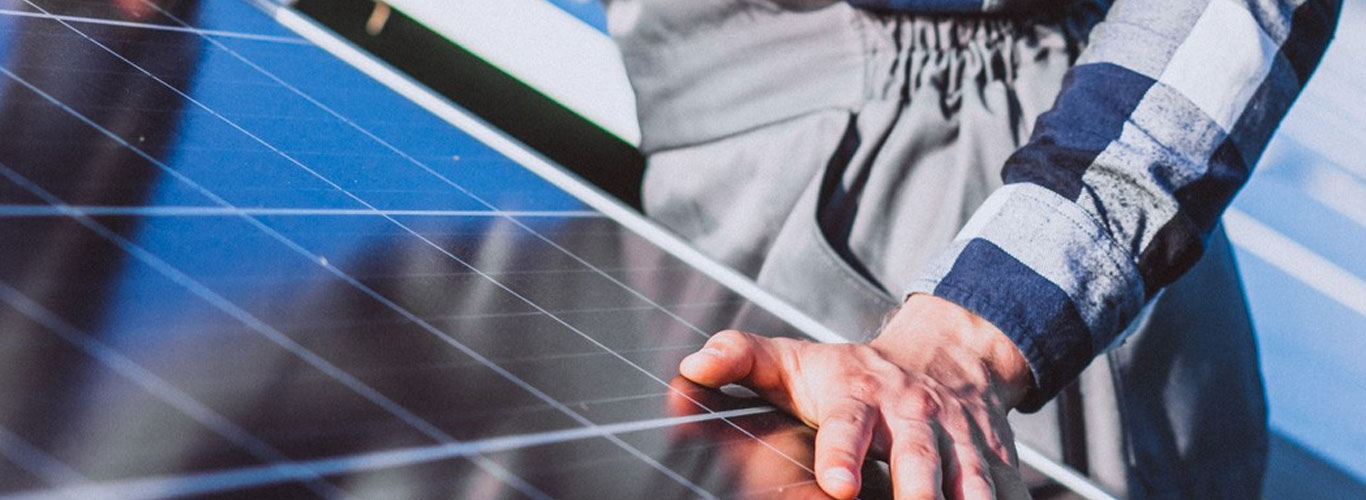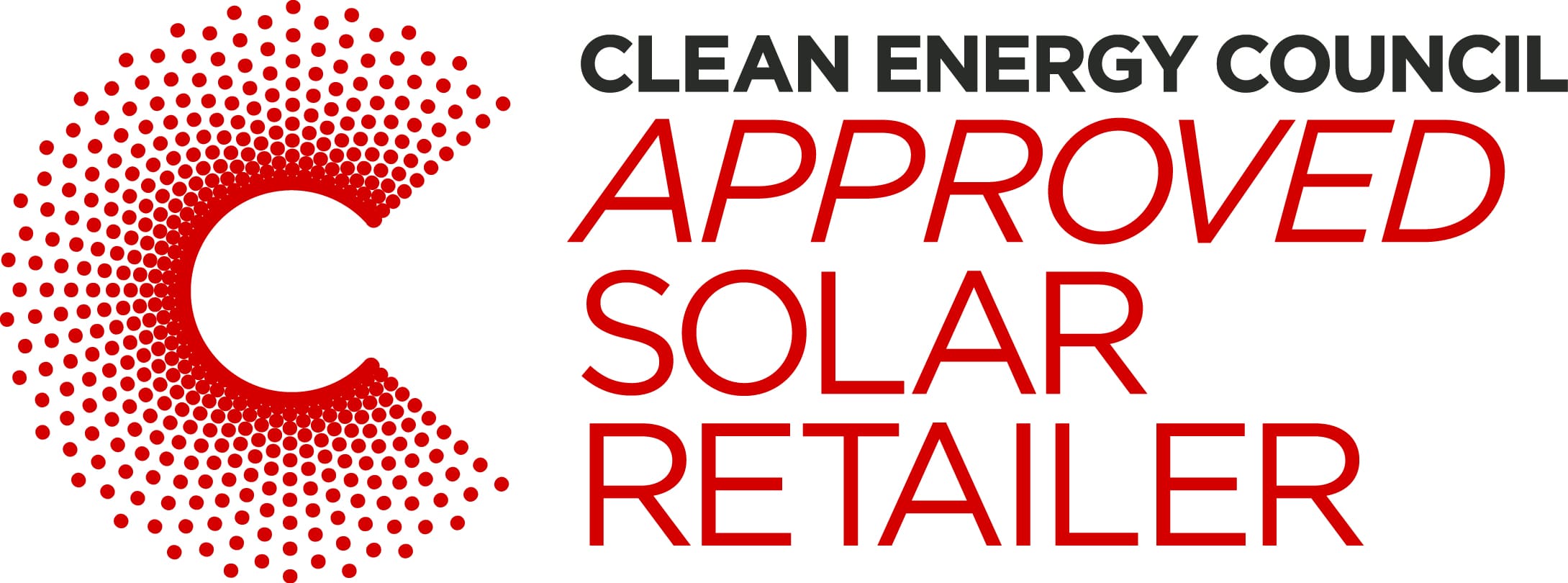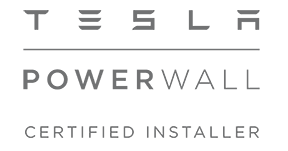How do inverters work?
- Solar panels convert the sun’s energy into DC electricity
- The DC electricity is channelled into a solar inverter that converts it to 240V 50Hz AC electricity.
- The 240V AC electricity can be used to power home appliances
- Surplus electricity is fed back into the main grid.
String inverters:
A string inverter is the most commonly used inverter for home and commercial installations. These inverters work on string theory and cannot have panels face in more than two directions/orientations.




String inverters with optimizers:
With the use of optimizers, the DC electricity which is produced is cleaned, conditioned and voltage matched to the utility grid to ensure maximum production. The power is then sent to the inverter to be converted to AC.
With optimizers, you have the option to place some panels on shaded roofs along with in different orientations and directions.


Microinverters:
Micro-inverters act as small individual inverters for the solar panel. They convert the DC from the panels to AC on the roof itself and send it directly to your home and the grid.










